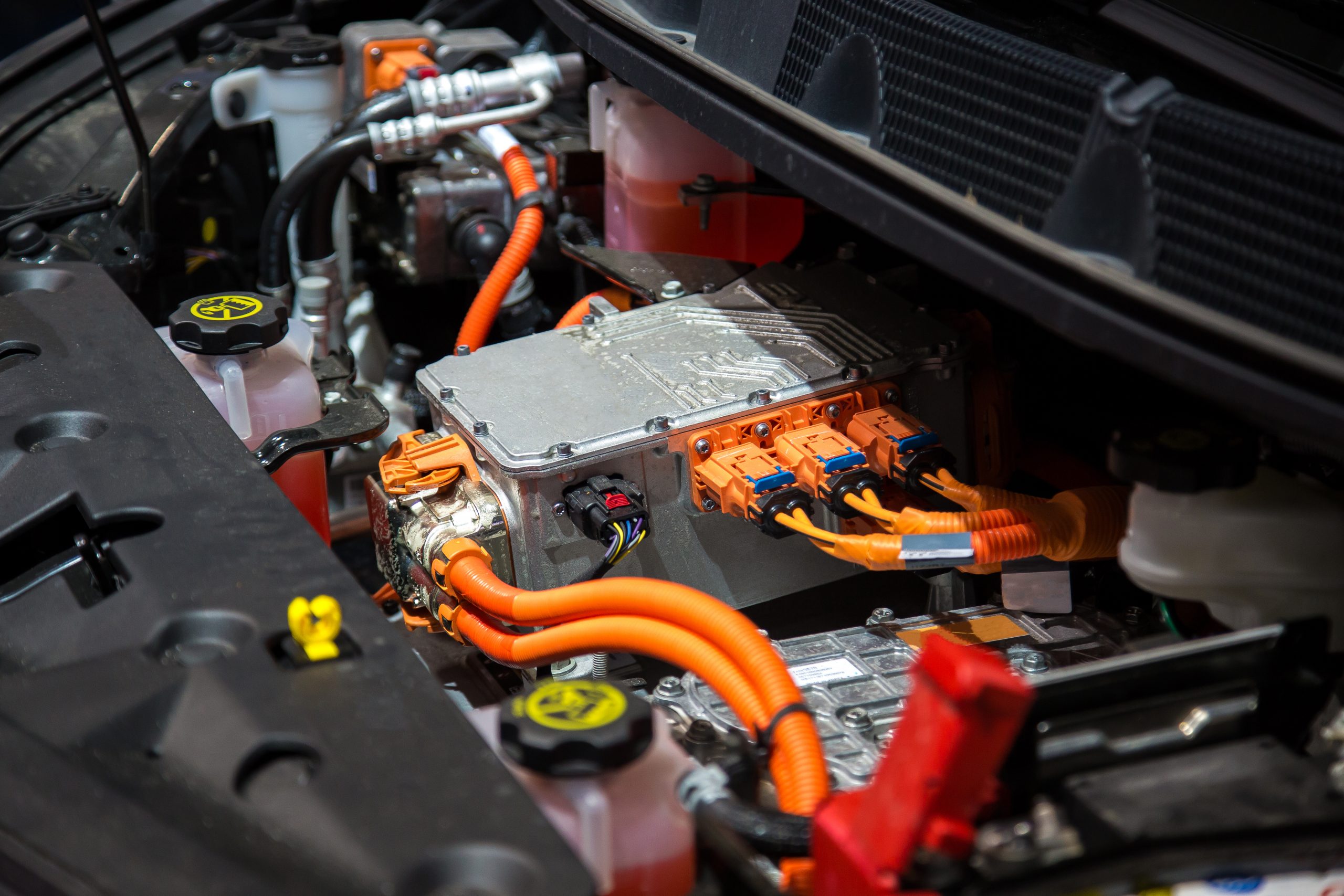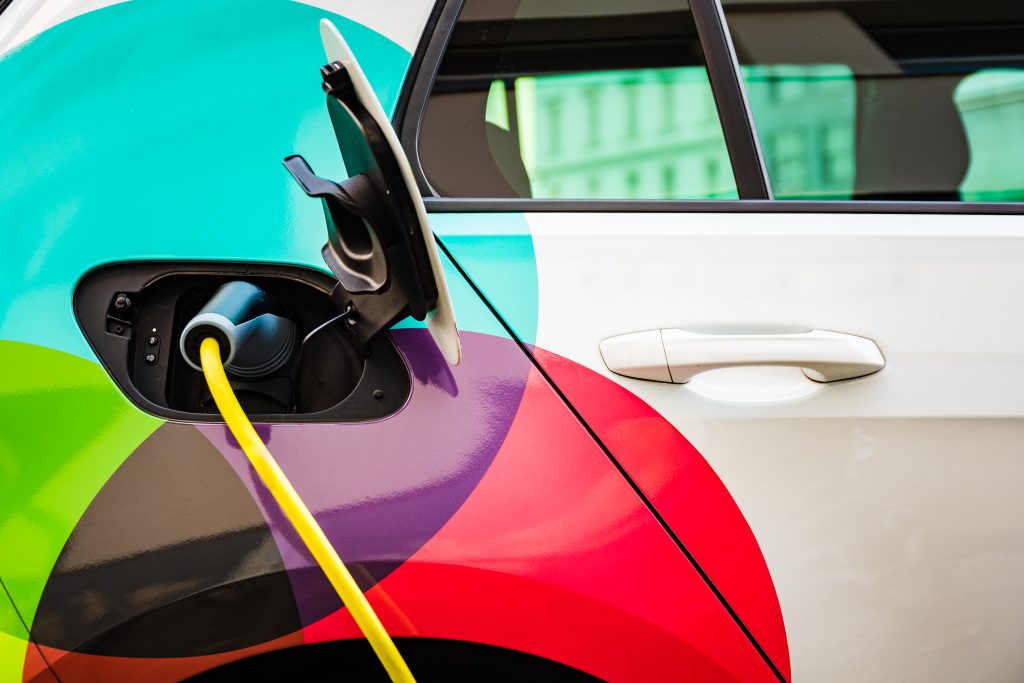
Electric vehicle charging is a controversial topic. For potential EV owners, it is both a great selling point, and a big deal breaker. That is because in most places in the world EV charging is not standardized. This means that no two charging spots will have the same number or type of chargers. Then you also have to worry about whether the chargers will be operational when you reach the spot.
Tesla is a unique EV maker which circumvents a lot of these issues by having its own charging network. Their cars also have special charging adapters. Even though they are backwards compatible to most public charging technologies. You will have just have to buy another adapter to help the two fit together. They have spoken of opening up this infrastructure to other EV manufacturers. But, since that is not a done deal, we can’t count it under public EV charging.
This is why we will not consider it as a standard example of EV charging. Even though their supercharger network is perhaps the biggest and most reliable. And serving the biggest group of EV owners under any single brand. So, for now, let’s focus on other types of EV charging that is open to the public.
When it comes to EV’s, most people look at charging speeds. This speed is dependent on two components. The speed of the charger itself, as well as the battery size of your vehicle. The faster your charger, the faster your battery fills up. But the bigger the battery, the longer it takes to do that. So, we often segment EV’s based on their battery capacity.
Know the technology behind electric vehicles.
Smaller electric vehicles often contain batteries of less than 20Kw. These include electric scooters/bikes, three-wheelers, and certain 1st gen EV’s. They have a limited range and are mostly used for short-distance urban trips. These vehicles often charge at a range between 48-72V. And use Type 1 or Type 2 chargers. Most owners charge such small EV’s at home 90% of the time. Unless we are talking about commercial three-wheelers that do multiple trips every day. These types of vehicles have seen fast adoption in third world countries. Where higher capacity EV’s are still price-prohibitive.
This category contains vehicles that have a battery capacity of 30-80Kw. They have longer driving ranges and can also charge faster. Since they can accept a voltage of between 230-500V. This makes them suitable for both Type 1 & 2, as well as DC fast chargers. Which are a must when you need charging capacities higher than 50Kw. Most modern EV’s are coming equipped with even higher capacities. With all new models featuring at least 100+Kw batteries. And the Porsche even getting 800V charging. This category is seeing the most growth in new products. As most car manufacturers bring their own EV’s to compete with Tesla and others.
This category contains vehicles that have even higher battery capacities. From 100-300Kw, and even more. This category is mostly reserved for delivery vans, trucks, and buses. They often charge in the same voltage range as personal EV’s. Even though they need bigger, high capacity chargers to fill the bigger batteries. Even though the current market has few products that fit this category. We can expect it to see high growth soon. As a lot of fleet owners are looking to convert to EV’s for fuel savings.

Depending on what kind of EV you have, you can use a few different types of EV chargers for refueling. Each type has a different charging capacity, and features different types of ports. To make things easy, we are dividing all these charges based on the output they provide. AC or DC power.
AC power chargers are often associated with slower charging speeds. While DC power chargers offer faster charging speeds at a higher voltage capacity. Most modern fast chargers feature DC power, even though the AC ones are a lot more common. Since most EV’s have an onboard converter that handles AC-DC conversions. EV’s can use any of these types of chargers, as long as they can also support the higher charging voltage.
AC power chargers are often associated with slower charging. They can handle up to 22Kw and are most commonly found in home and office settings. They operate with a standard J1772 connector, which is synonymous with AC charging. You can find these types of AC chargers for electric vehicles.
Level 1 Chargers: These are often known as home chargers. Since they operate on the same voltage as your basic power plug. And are mostly used for home charging applications. They can charge in a range of 3-7Kw. And are responsible for up to 90% of charging that most EV owners do at home. Most of the time they don’t have any additional interface for security. You can simply plug them in and start charging.
Level 2 Chargers: These are often known as destination chargers. As they are more commonly used at hotels, malls, and other locations. Some EV owners also used them at home for enhanced security. As they come with a box that acts as an interface between your car and the power supply. This box also provides built-in protection from charging related issues. As well as a separate OTP/RIFD based security handshake. That prevents random people from using these chargers without paying. You can get a peak charge of up to 22Kw from these chargers. Which is more than enough charging speed for most EVs that are usually parked all day.
Level 3 (J2068) Chargers: These chargers provide fast AC charging from 6Kw to 130Kw. They were initially developed for the three-phase voltage requirements in the EU. But were then adapted to match the requirements for the USA. Since three-phase power is quite common in commercial and industrial applications. They can charge all types of EVs, even though you won’t find a lot of this type of chargers available for public use. Owing to the limited availability of three-phase power in non-commercial zones.
DC chargers are famous for their fast charging speeds. Depending on the type of charger, you can get anywhere from 50-350Kw. Tesla has their own proprietary DC superchargers. And are the only company which can provide DC fast charging via a Type 2 connector. For everyone else, here are the common types of DC fast chargers.
CHAdeMO: This charger gets its name for its founding association. The “CHAdeMO” Association features the top car manufacturers from Japan. Including Toyota Motor Corporation, Nissan Motor Co. Ltd., Mitsubishi Motors Corporation, Fuji Heavy Industries Ltd. and Tokyo Electric Power Company. They developed this charger to deliver a power output of 50-400Kw. Even though very few places can deliver that upper limit. The charger complies with the IEC and IEEE standards. And is often known as the Asian plug, since in most western countries, CCS is still a lot more popular.
SAE Combined Charging System (CCS): This is one of the most common types of DC charger available on the market. The CCS connector is also known as a J1772 combo. As it features both the standard J1772 connector for Type 1 & 2 charging. As well as two other pins for DC fast charging. So, cars with these types of ports can use all three type of chargers. This charging standard was developed by CharIN. An organization that boasts a lot of major car manufacturers as its members. Including Audi, BMW, Daimler, Opel, Porsche, TÜV SÜD, Volkswagen, and more. They have ensured that these combo systems comply with all major power standards. Like the IEC 62196-1, IEC 62196-2, and IEC 62196-3. You can get 50-350Kw of power from these chargers.
XFC Chargers: Also known as Extreme Fast Chargers. These chargers are capable of delivering high power level, of 350Kw and more. They feature a special solid-state transformer technology. That helps ensure the safety and reliability of the power supply at such high speeds. With large scale deployment, these chargers can revolutionize the use of electric trucks. Which have much larger batteries, and thus need higher capacity chargers. The US Dept. of Energy is personally invested in the development of these chargers. Which will certainly help them gain prominence, as we get more high capacity EVs on the market.
We have established that most EV owners charge their vehicles at home, 90% of the time. But it is the en-route charging that truly gives people crippling range anxiety. Especially on long road trips through less populated areas of the country. This is where they will often come in contact with Type 2 or some type of DC fast charger. So, it is important to familiarize yourself with the components of said chargers. Just in case you might be confused about how it all works.
Charging Station: This the general term for the entire electric charging infrastructure. Including the power supply and backup. As well as the parking spot that is usually reserved for EVs. A lot of these are usually constructed in the parking lots of existing businesses. Like restaurants, superstores, and fast food chains. But you can also find commercial charging stations that offer public charging.
EVSE Port: This is a fancy name for the charging post that hosts the connectors and the cables. In most cases, the design resembles that of a traditional gas pump. To make it seem more familiar and less intimidating. A single post can only power one car at a time. Even if it has multiple cables with different connectors. However, some bigger charging posts have the option to connect multiple EVSE ports.
Connector: Also known as the charging plug, this is the part that connects to your car. We have covered the different types of connectors above. With the different types of chargers, they fit with. Most charging stations have multiple connectors. With the most common being the CCS and CHAdeMO ones.
Charging Interface: This is the software that runs the entire experience. This is often unique to the service provider that builds the charger network. Different networks have different software’s to monitor and control the charging. And you might have to get separate memberships and/or apps to access them. This can be a hassle if you live in an area with multiple charging companies. Who can all have their own unique way of using and paying for their systems. Tesla has their own proprietary system as well. Even though in most cases, it is far easier to use than most third-party systems.
This was a basic overview of all the technologies that support EV charging. By now you should have an idea of how it works, and the different aspects that can influence your experience. Now you can take this knowledge and pick the best EV that suits your needs. Along with the charging system that will benefit you the most. Or simply forget it all and get a Tesla. Since they do everything in their own unique way. Whatever you do, have fun embracing your renewable future.
Leave a Reply